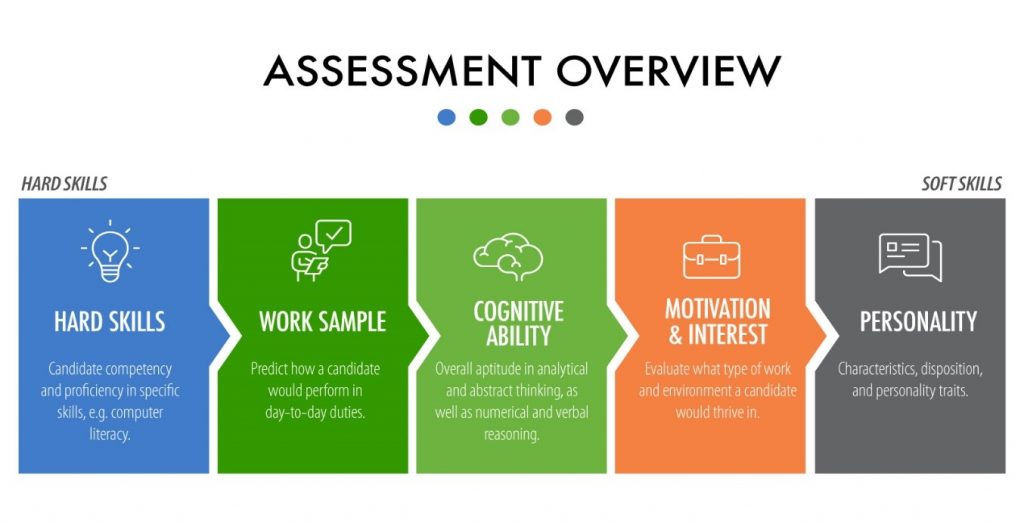1) Jason Fried does a great job explaining in an engaging manner “Why work doesn’t happen at work”. His goal appears to convince people that productivity occurs everywhere but at the office. I should be upfront as I analyze this talk I believe in certain circumstances I agree with him. Did he write this after the pandemic…he should have because it’s can be so true. It is clear from the audience reaction that they can relate to his story of workers attempting to find time and a place to accomplish work.
The strategy that he uses to explain his ideas is one of folksy stories. One of the big laughs that he got from the audience is “You don’t have workdays anymore…you have work moments.” He points out that special creative people need long stretches of uninterrupted time, well I’d point out that all workers may need longer stretches of uninterrupted time to accomplish effective work.
Jason is invoking the audience’s emotion to gain acceptance and approval for the ideas expressed. He stirs the emotions of many employees who might have simmering resentment of their supervisors by noting, “Managers jobs are to interrupt people and make sure people are working.” While that got a chuckle from the audience, I think a grain of truth was in the statement which caused the reaction.
He ends the talk with three provocative ideas that are intended to generate strong emotions.
1) Instead of casual Fridays…“No-talk Thursdays.” Just one Thursday a month with a period of “quiet time” prohibiting coworkers from talking to each other and limiting distraction. It’s better than a new computer.
2) Replacing active communication such as face to face conversation, with passive forms such as email, IM and collaboration tools.
3)If you have a meeting coming up…go ahead and cancel the meeting.
Throughout his talk, Jason speaks in a calm, relaxed manner. He walks across the stage with authority and confidence. He uses pauses effectively as he describes the stories, makes his point, but is not too wordy (thus losing his audience’s attention). By using a full, resonant voice, Jason conveys an air of knowledge and I am drawn to his talk as the audience was.
2) Margaret Heffernan’s talk is one of a speaker working with evidence. The overall theme of her TED talk is about the unstable planet that we exist in…how prophetic! In an engaging talk, Heffernan provides numerous examples of skills that should be developed in our unpredictable world along with examples of companies and almost frightening predictions of what occurred since she made the speech in 2019.
As evidence she mentions the Coalition for Epidemic Preparedness, CEPI. At the time of the talk, she commented that there will be more epidemics in future, although we don’t know the specifics so all we can do is prepare. Vaccines can be developed, knowing that we can’t predict which vaccines are going to work or which diseases will break out. However, some of those vaccines will never be used. While there’s a certain inefficiency to that it does mean that we have choices. Those choices mean the system is strong and healthy. I’m sure if she did the talk in 2021 she’d note the choices in vaccines that are available.
The bottom line according to Heffernan is the human skills are important in solving the problems of our unpredictable age. Margaret Heffernan walks the audience through her argument with examples from supermarket chains to the Bank of England to climate change. This talk was easy-to-understand and Heffernan conveyed the information with a passion that was clear to the audience.
Margaret Heffernan’s perspective is that of an entrepreneur, CEO, and writer. She is presently a Professor of Practice at the University of Bath School of Management in the UK. She teaches entrepreneurship, as well as mentors executives.




